HINCHCLIFFE: Norris broke one of motorsport’s golden rules – this is how McLaren must handle it
IndyCar star and F1 TV pundit James Hinchcliffe gives an insight into what it's like behind the scenes when you have an incident with your team mate – and how the McLaren bosses must handle the fallout from Canada between Lando Norris and Oscar Piastri.

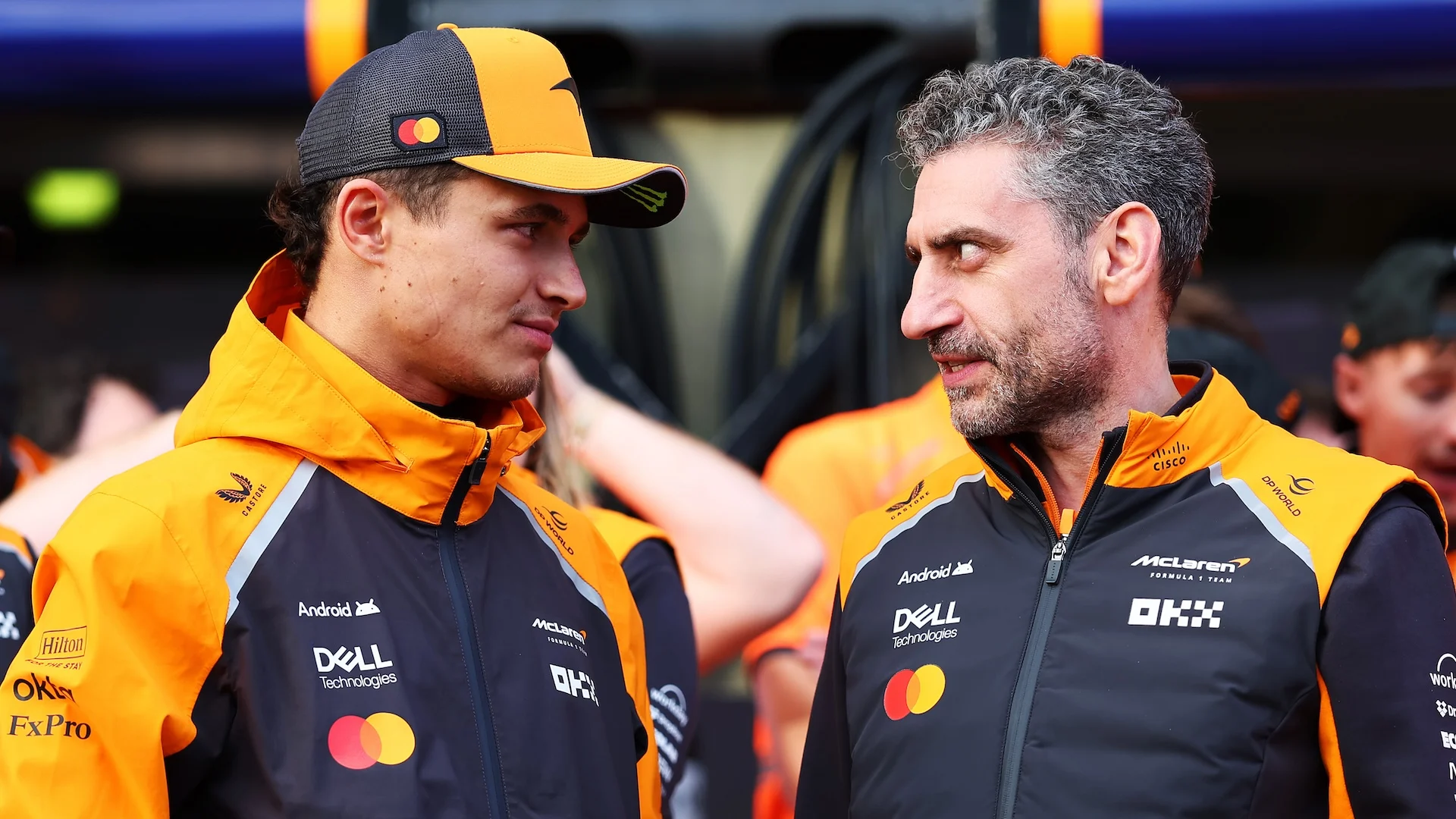
There are two golden rules in motorsports: don’t hit your team mate on track, and don’t date your team mate’s sister. In my junior formula career I was guilty of the former. If we’re being fully transparent, I was guilty of the latter as well, but that’s a different story...
In the lower levels of the sport it is even more of an ‘every driver for themselves’ environment than it is at the professional level, so those incidents don’t carry many repercussions. In the main game, however, you are paid by the team and have to – to a large extent – understand that the team’s best interests come first.
Throughout the years, I’ve sat in many pre-race meetings with team owners when I’ve qualified near a team mate, and the ‘pep talks’ vary. There is the more traditional, modest approach, which goes something like: “you guys know what to do. Make sure you give each other room and don’t do anything that puts each other in a bad spot.”
Then there is the more forceful approach, which sounds something like: “You listen here – I’ve worked way too hard and spent way too much money for you two punks to go out and crash my cars and ruin a strong weekend!”
Then of course there is the passive-but-with-a-point method, where the boss says: “You’ve been starting next to team mates since karting. You know what to do, so I am not going to tell you. But we will be speaking later if this goes sideways…”
In F1, where team mates are so often starting close to one another given the natural hierarchical order of the grid, I imagine these conversations happen once or twice early in the year, and then not much has to be said after that. Unless, of course, two of them have already had an incident. But I will get to that later.

There have been plenty of close calls in my career, even a few minor contact moments that affected one or the other’s race and required a cool off period before business could resume as normal.
But those things happen in racing and one does well to have a short memory in this sport. I have only been involved in one stand out team mate-on-team mate crime as a professional (or at least, only one that I can remember).
That came when a team mate of mine pulled an overly optimistic move at an ill-advised part of a track. In fairness, the move wasn’t even on me, but I ended up being collateral damage, and we both ended up out in what was shaping up nicely to be a 1-2.
Our boss was none too happy. The drivers both agreed to disagree on who was at fault (and I believe still do to this day!), but it was the owners reaction that caught me off guard. He disappeared after the race and didn’t speak to either of us for two weeks. They were a long two weeks, I can tell you.
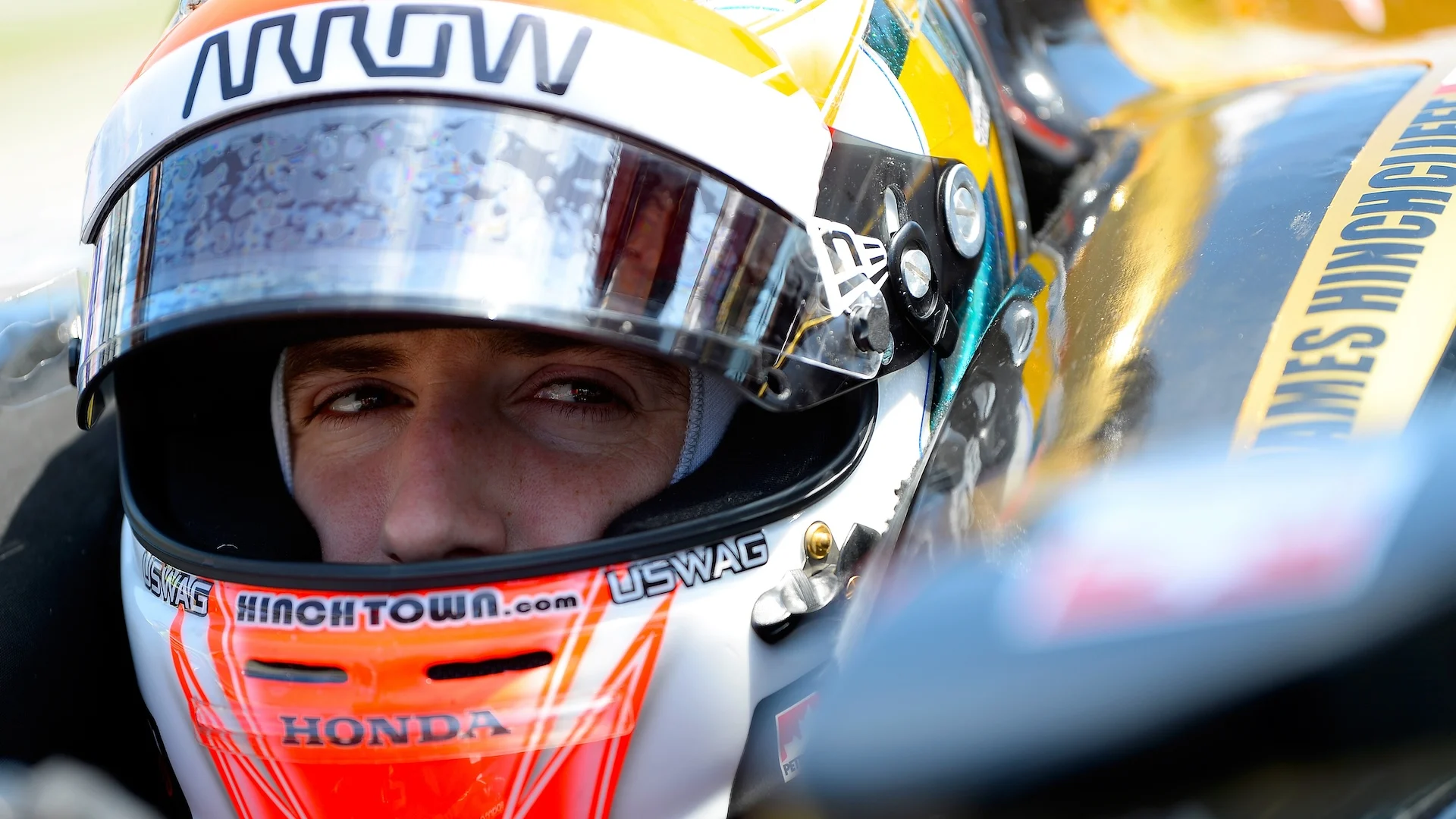
What happened in the Canadian Grand Prix between Lando Norris and Oscar Piastri was widely viewed as an inevitability. It was never a matter of if, but rather when the two of them came together on track. This is something that McLaren signed up for when hiring two young, fast and highly capable drivers.
When a team isn’t fighting for the title, the pressure of having two stars isn’t as big a deal. When you’ve built a title-winning car, however, things get more complicated.
Teams can go the route of hiring the two best out there with hopes of pushing each other – think Ayrton Senna and Alain Prost at McLaren – or, you hire a clear number one and a great number two who can support a drivers bid while helping prop up the team’s constructors position. Think Michael Schumacher and Rubens Barrichello at Ferrari.
Sometimes a team can even aim for the latter and end up with the former! (See Fernando Alonso and Lewis Hamilton at McLaren in 2007). History has shown the former category often leads to a contentious environment.
McLaren might not have known they were signing up two drivers with ‘number one’ energy when they brought Piastri alongside Norris. There is also a good chance they didn’t know they’d be fighting for titles so quickly. Regardless, this is the situation they are now in and their reaction to it – and how they manage it – is crucial.
We’ve seen small flashes of this with the team’s ‘papaya rules’, but now we’ve had race-ending, points-losing contact on track. A team principal has to balance this dynamic carefully, I believe, by not siding with one driver or the other.
Norris put his hand up, so there was no real question of blame in this one, but even if there had been, remaining as neutral as possible is important.
Making sure that phrases like “you could’ve taken out Oscar!” need to be avoided. That tone can quickly make a driver think it is me vs them, and that usually only ends one way.
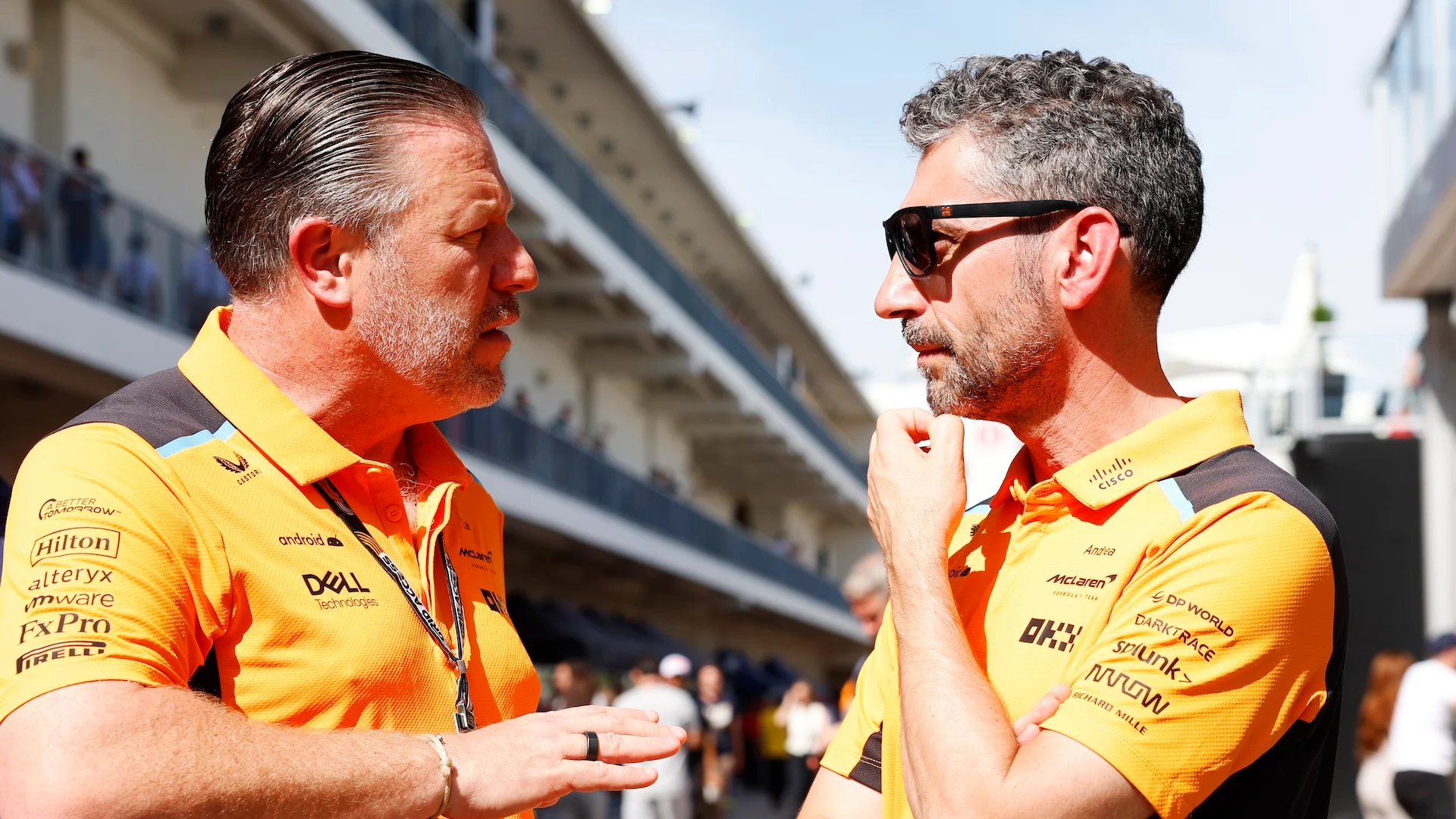
Conversely, no response – as my team owner in the above example opted for – is not the right response, either. Clear, open communication between team and drivers is the most effective way to keep both their drivers focused and happy to be on the team.
Having a competitive car and two winning drivers is a good problem to have, but if McLaren want it to stay that way for the long term, the next few months will be crucial.

Next Up
Related Articles
 This Week in F110 quiz questions on the Abu Dhabi title decider
This Week in F110 quiz questions on the Abu Dhabi title decider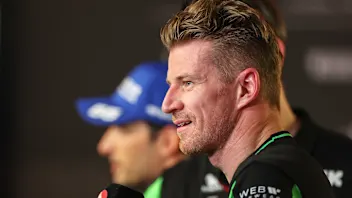 Hulkenberg pleased to score points in Sauber’s final race
Hulkenberg pleased to score points in Sauber’s final race Norris collects World Championship trophy at FIA Awards
Norris collects World Championship trophy at FIA Awards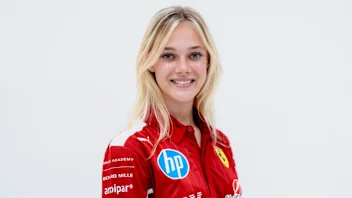 F1 AcademyFerrari sign Larsen for 2026 F1 ACADEMY campaign
F1 AcademyFerrari sign Larsen for 2026 F1 ACADEMY campaign An exclusive look into Pierre Gasly's off-track life
An exclusive look into Pierre Gasly's off-track life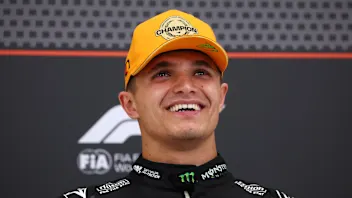 Norris hopes title win doesn’t change him as a driver
Norris hopes title win doesn’t change him as a driver